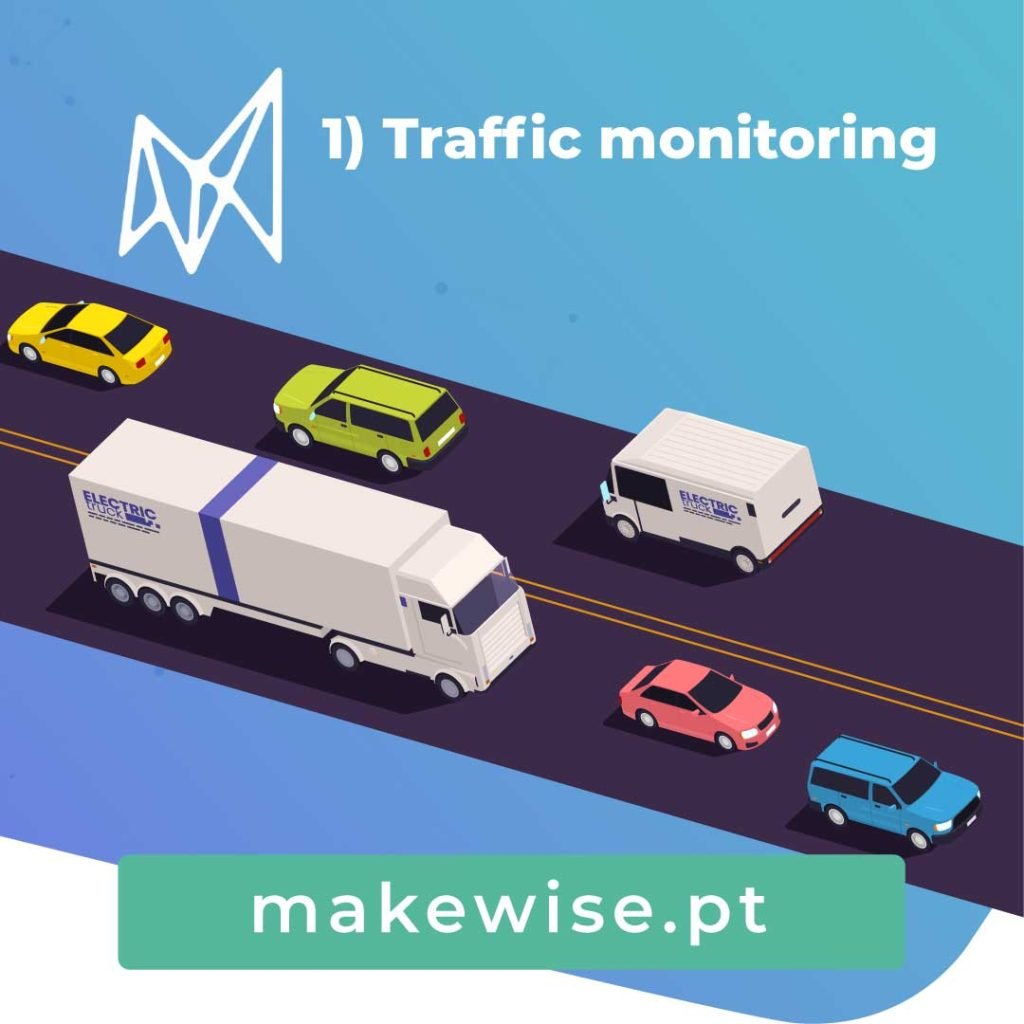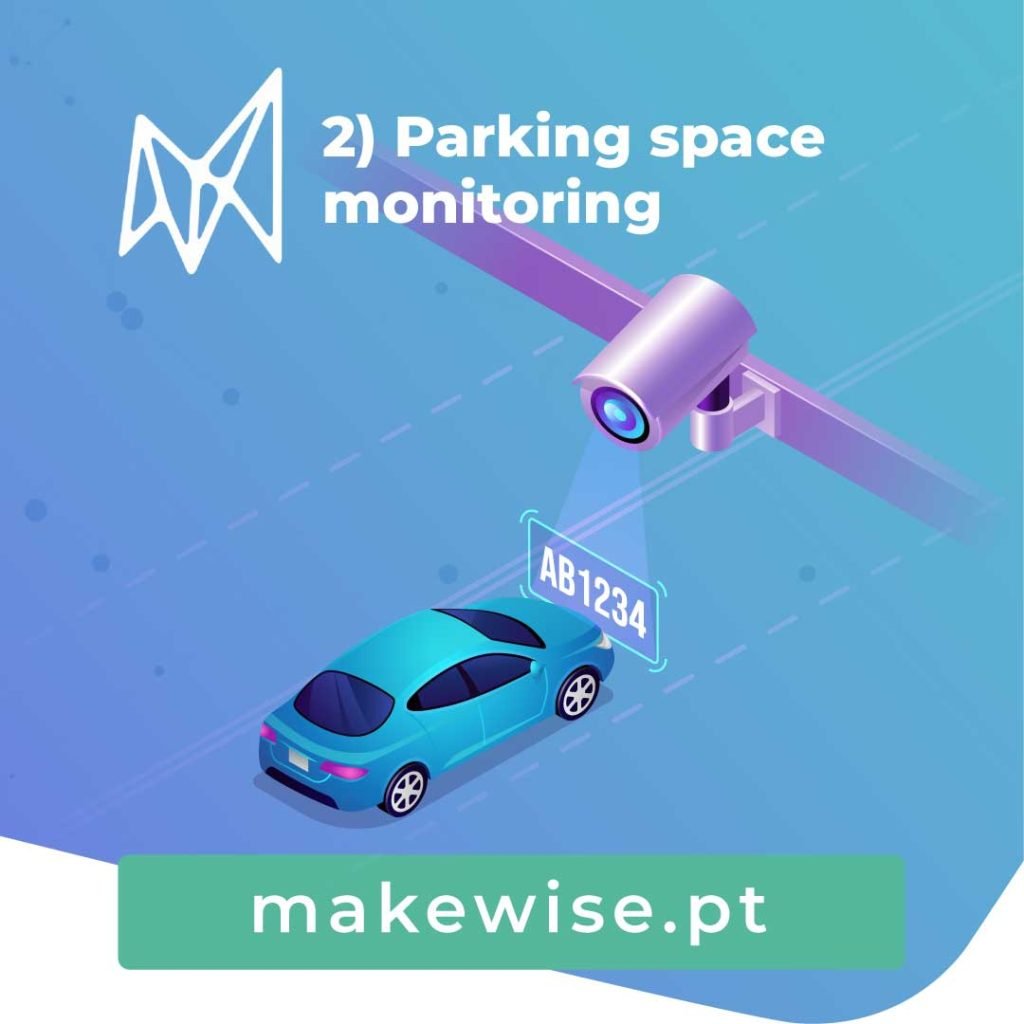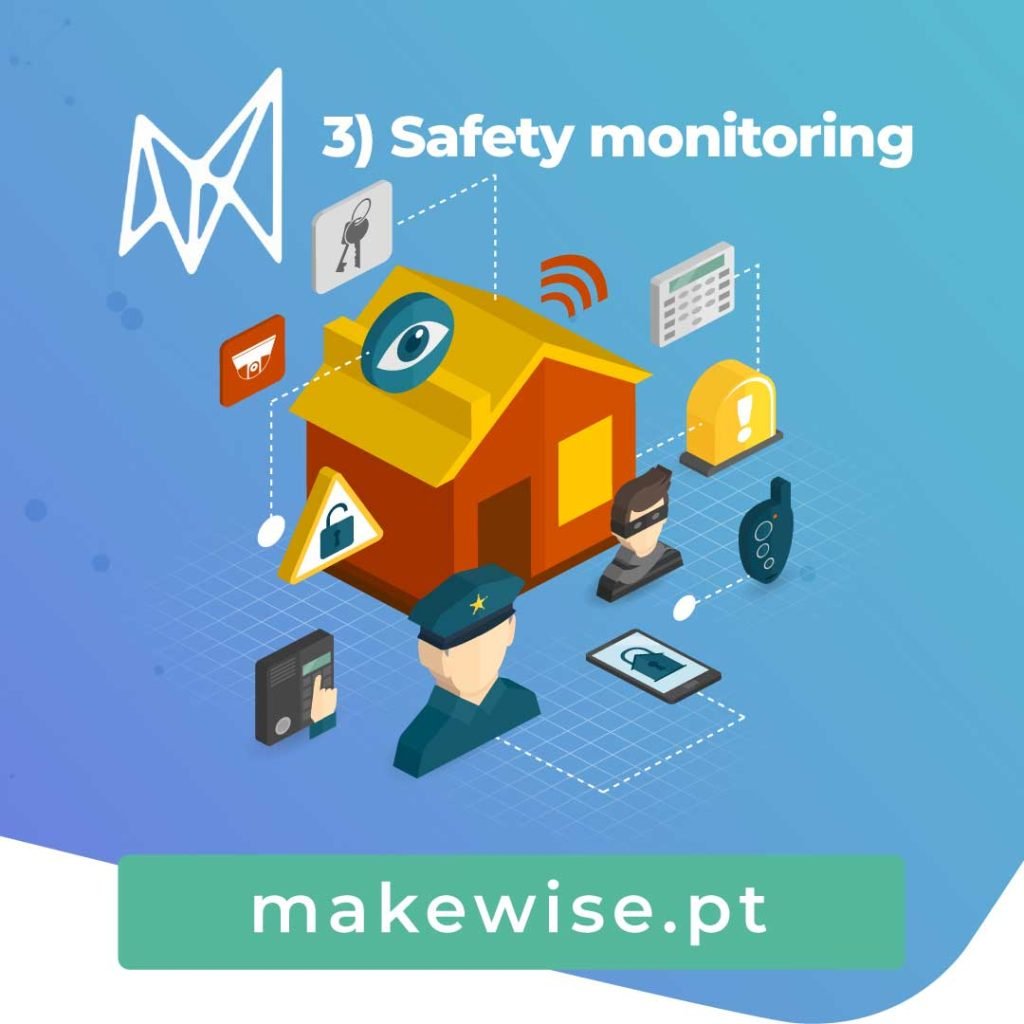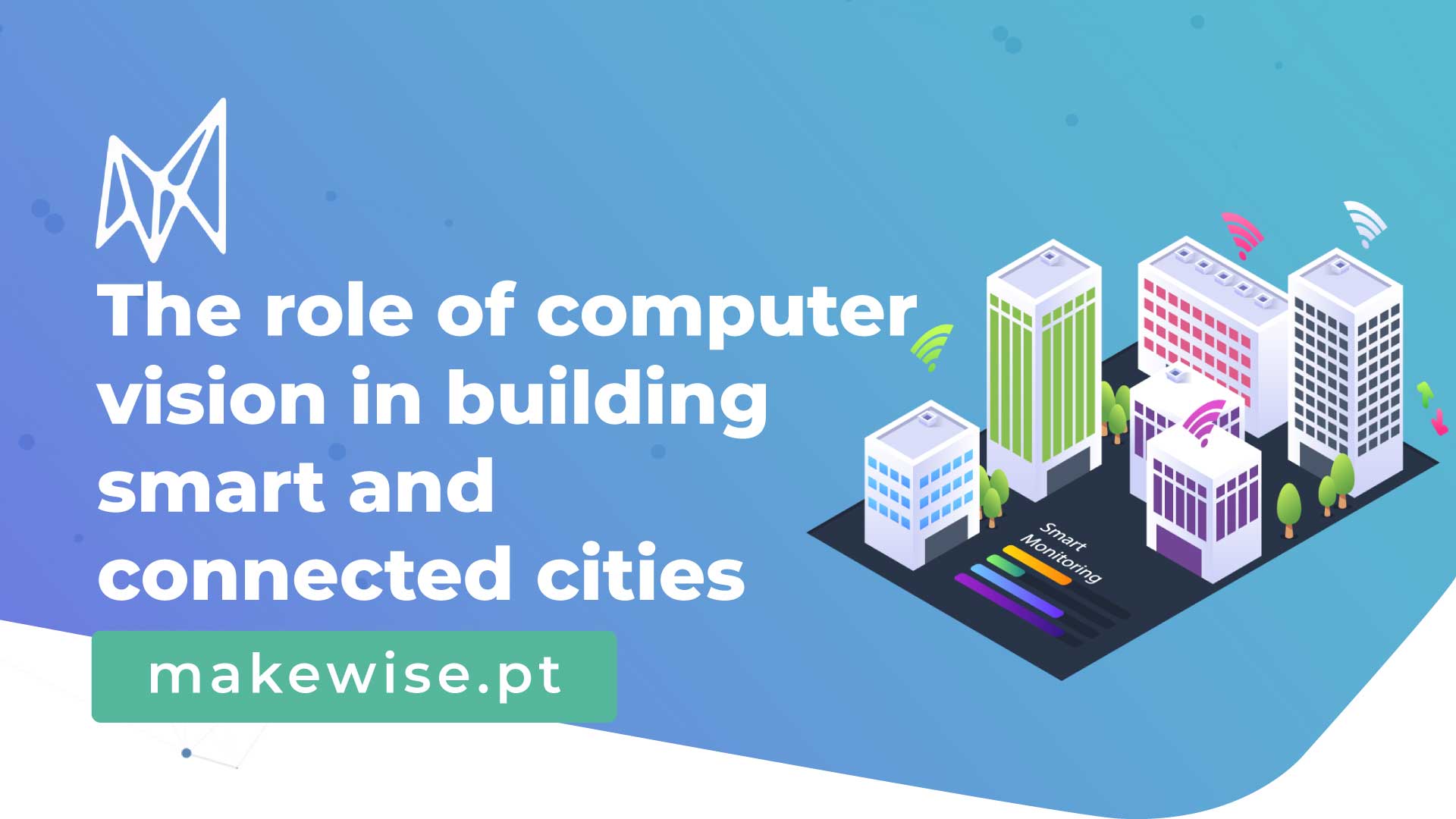The development of smart cities has been boosted by the integration of technologies like AI, the Internet of Things (IoT), Deep Learning, and Cloud Computing. By using smart technologies, cities can optimize energy distribution, streamline waste management, lighten traffic congestion, and much more. For smart city technologies to be effective, they must be scalable and capable of operating across multiple locations.
Using AI and computer vision systems capable of processing large volumes of complex data has changed this field. This ensures rapid processing, robust decentralization, and the scalability needed for real-world applications of computer vision in smart cities.
The different fields of AI
Computer Vision, a field of AI, allows computers to recognize and understand images. It can identify objects, people, animals, and locations in photos or videos. The goal is for machines to use this understanding to automate tasks.
Deep Learning has improved image recognition, making it more reliable and practical. Unlike other methods, Deep Learning works with regular cameras and webcams. In smart cities, computer vision often uses existing network cameras for real-time video analysis with AI.
Edge AI is a newer field that moves machine learning from the cloud to local devices connected to cameras, processing data directly on-site. This method, using Edge Computing and IoT devices, allows for better performance and real-time processing while keeping data private. It makes large-scale computer vision applications possible in the real world. Unlike other sensor technologies like RFID and GPS, which need sensors on every item, computer vision is non-invasive, easy to implement, and provides detailed information such as location, context, and more.
5 applications of computer vision for smart cities
While there are a multitude of applications for computer vision in smart cities, we will focus of 5 important ones.
1) Traffic monitoring

By analyzing live video from surveillance cameras, it can track things like the number and types of vehicles, and their directions. Deep neural networks help identify various vehicle types in busy areas, aiding in traffic management. It can also identify traffic rule violations, allowing for real-time analysis. For instance, it can automatically spot bike riders without helmets, or recognize situations that might cause accidents, enhancing urban traffic safety.
2) Parking space monitoring

Computer vision systems help spot empty spaces across multiple cameras. Edge AI allows analysis near the cameras, saving energy and improving accuracy without sending video to a central controller. This distributed system is more efficient and accurate.
3) Safety monitoring

Computer Vision helps keep residents safe through automatic detection of dangerous situations using smart video surveillance. These situations may include fights, robberies, and more. Algorithms detect people, track their movements, and estimate their poses to recognize their actions. The AI’s output is then processed to define scenarios or events that require human intervention or analysis. These applications also involve counting people and spotting those who linger in certain areas for an unusual amount of time.
4) Compliance monitoring

Manual monitoring of safety conditions and regulations is time-consuming, and costly. AI offers automated and scalable alternatives, making inspections faster, more accurate and continuous. In industries like construction, where the risk of injury is high, compliance monitoring is vital. Detecting instances of improper personal protective equipment use can prevent accidents and ensure worker safety.
5) Infrastructure monitoring

Infrastructures like roads, communications, and energy grids are vital for society, and their failure could be catastrophic. While closed-circuit television (CCTV) systems are crucial for security, traditional surveillance relies on human operators to monitor multiple video feeds, leading to high costs and fatigue-related errors. Edge AI technologies enable distributed sensing systems that are cost-effective, scalable, and capable of real-time performance.
AID.VISION: Automatic detection of incidents on roads

The AID.VISION is a solution powered by Artificial Intelligence systems, which automatically detects various types of incidents and triggers real-time alerts to an operations center.
- Automatic road detection
- Automated incident detection
- Real-time alerts and warnings
- Integration with other IT systems
Confirm all MakeWise’s solutions here and start your business digital transformation journey today. Contact us!

